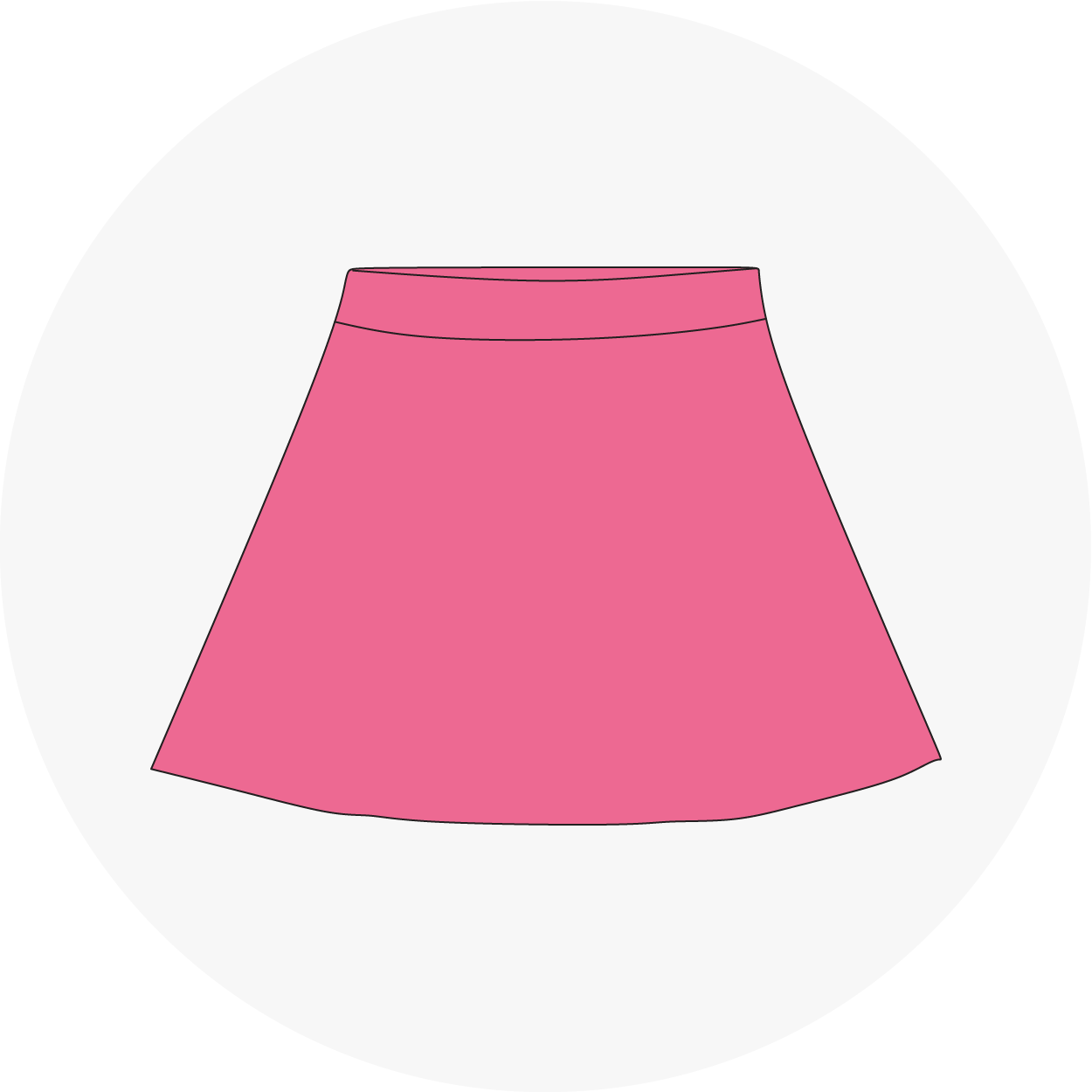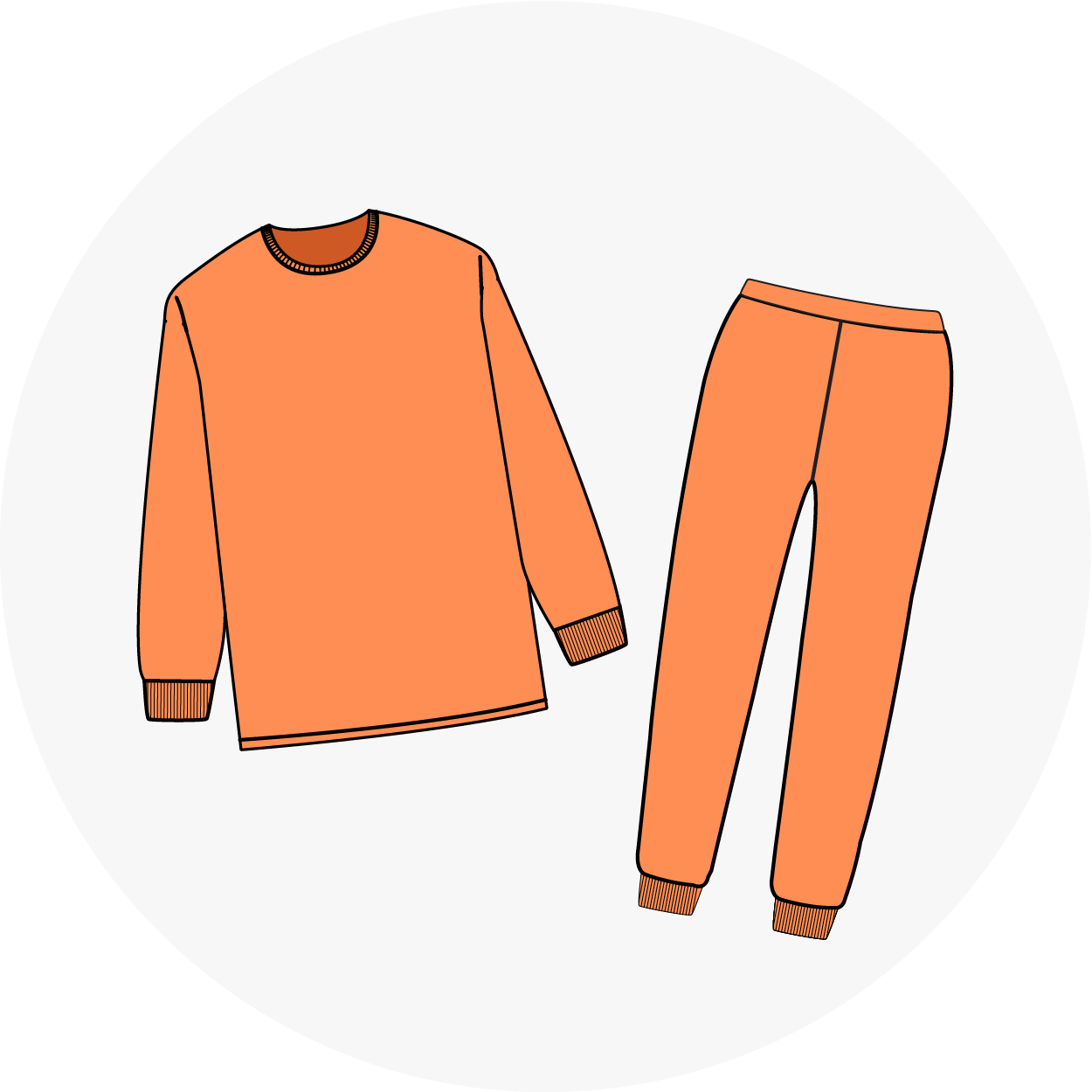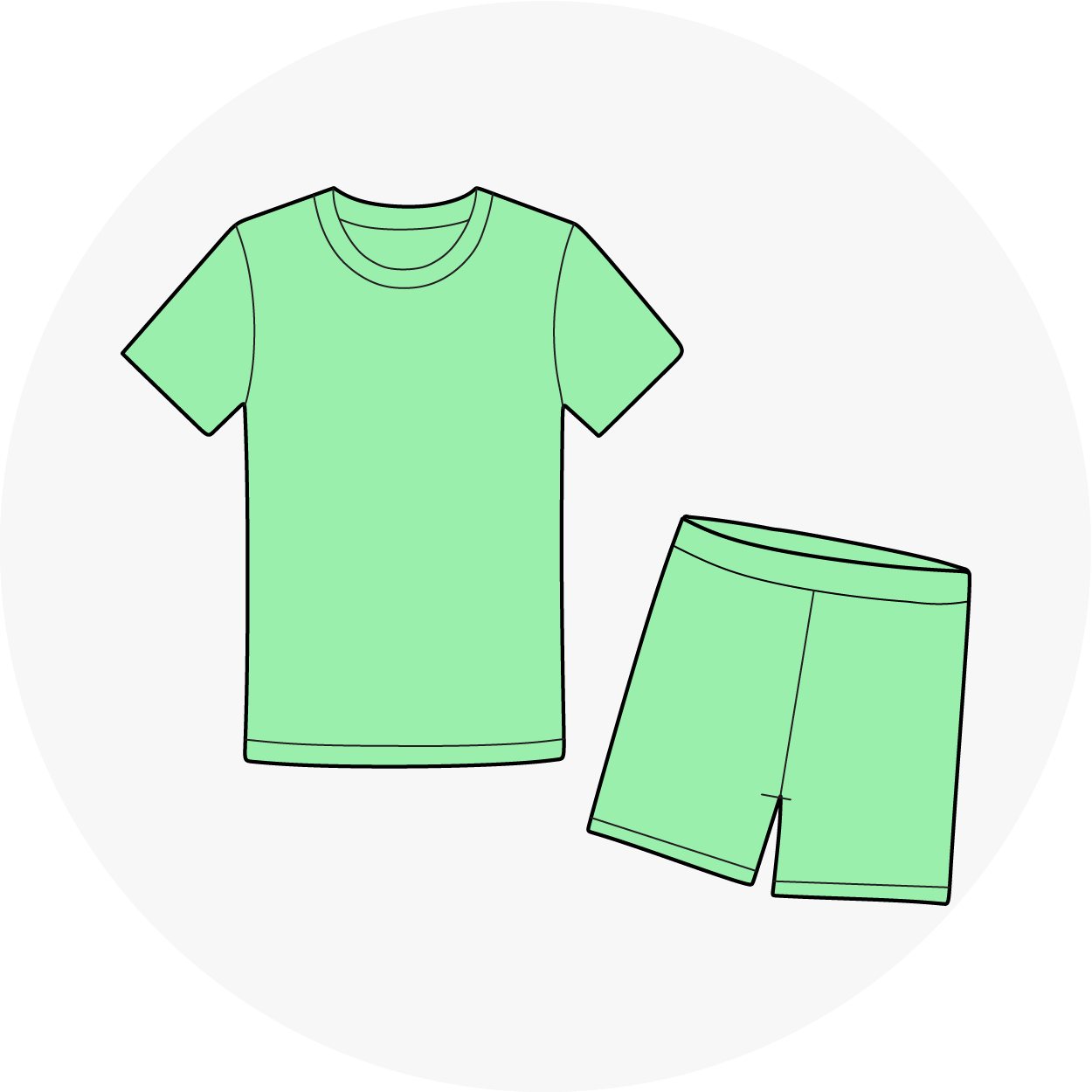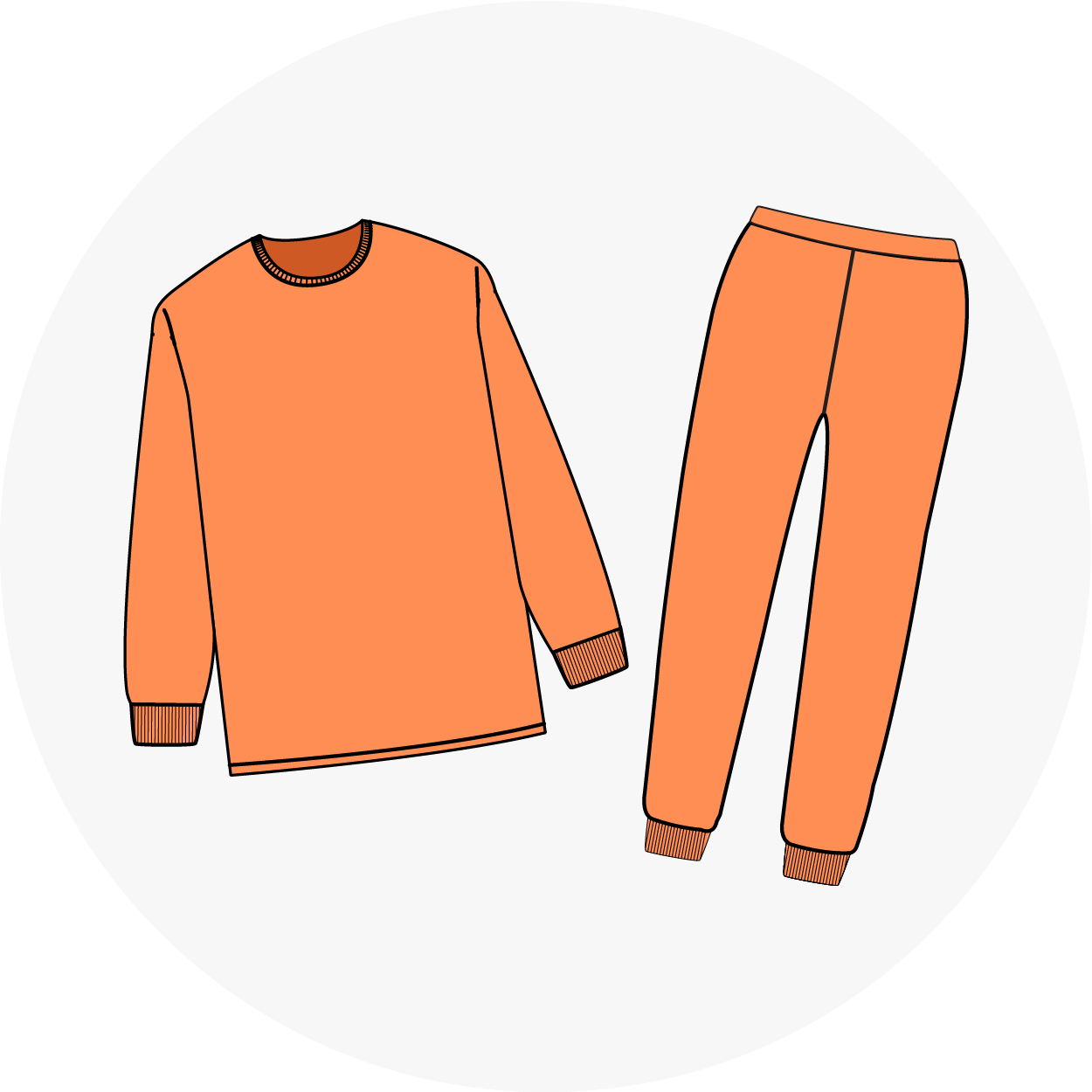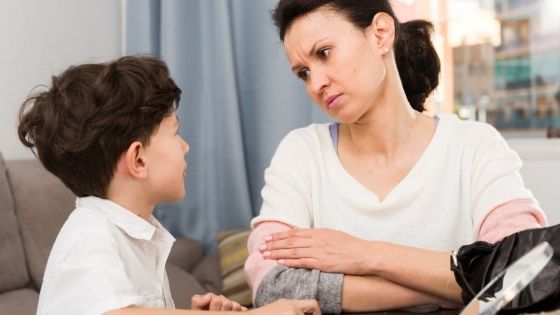
Teaching kids about private parts: what's important and what's not?
Amidst the myriads of responsibilities that get added to our kitty as soon as we become parents, teaching kids about private parts and sex is probably the most difficult one. While it may be uncomfortable for some, most of the time young parents are not aware of what to and how much to share with their children. This often makes one contemplate the need to share anything at all.
What should a parent know?
- Your children if not from you but through peers and media consumption will eventually know about private parts much earlier than you can imagine.
- Children have an innate sense of gender identity by observing how their respective gender is behaving and may ask you multiple questions. Like, why do boys stand and pee, where do babies come from or why is my private part different from my sister’s? It is only fair to address them all.
- If you do not set the boundaries at home with respect to understanding the conversations about their private parts then the kids may put themselves in wrong situations.
- It is common for children to follow both spoken and unspoken rules set in your home. If you do not talk about sensitive topics, they may deem them to be shameful and may find it difficult to communicate to you if there is any problem.
Since brushing the topic under the rug or shying away from it is clearly not an option for us, here is a simple guide to know how one can go ahead and teach their kids about private parts.
Talk
There is absolutely no substitute for a good conversation with a parent. Now you do not have to treat it like a task. Instead you can use the opportunities you get on a regular basis to teach them.

Take real names
Many parents resort to calling the private parts with different names. If you are not teaching them to call their other parts of the body with different names then why not call the private parts with their anatomical names? Studies have shown that children who know the names of their genitals are less likely to be victims of sexual abuse.*
Using the right terminology also helps children to not feel embarrassed about their genitals and enables them to communicate to their pediatrician if they have a concern.

Provide Age Appropriate Information
Yes, we want to provide them with correct information but that does not mean that you need to bombard them with all the information at once. Conversations based on their age is a good way to start.
- For kids aged 6 and below, you can discuss topics like private parts and why they should be covered with underwear and not shown to others.
-
On the other hand, tweens can be told about sex.
Playdates and play groups are the places where children interact with each other the most. One often hears of cases when two kids have shown or touched each other’s private parts simply out of curiosity.

To avoid such situations, it is advised to engage in role plays at home. You can enact their everyday scenes at school and play and make them understand that private parts should be covered at all times.
Tell them about Good Touch and Bad Touch
It is no secret that whenever our kids are away from us, we are constantly worried about their well being. While we cannot take away your worries, we can ensure that teaching your little ones about good touch and bad touch will definitely equip them to avoid embarrassing situations and identify if someone touches them inappropriately.

This can be done by giving them examples of good touch (hugging, holding hands, giving high 5, kissing on the cheeks) and bad touch (hitting, touching private parts, etc). To emphasise this further, use the swimsuit rule. Tell them that when they wear a swimsuit, the areas that are covered are the ones that are private parts and should not be touched by others. This will help them analyse the touch themselves
You can even take help of youtube videos and books to explain them:
Do you know a method to teach young kids about private parts? Let us know in the comments below.


















